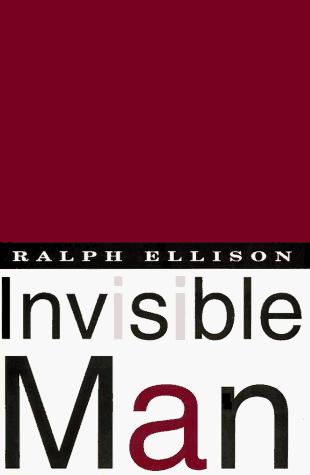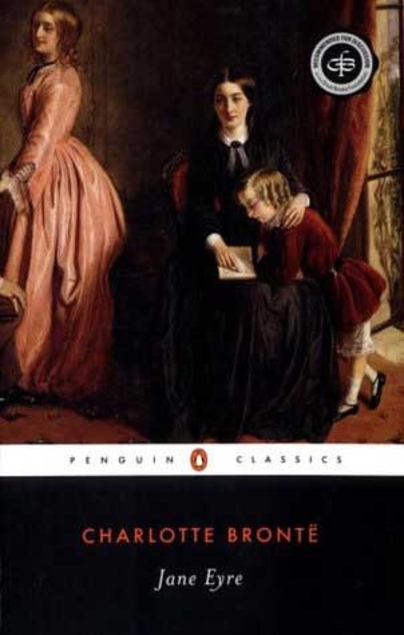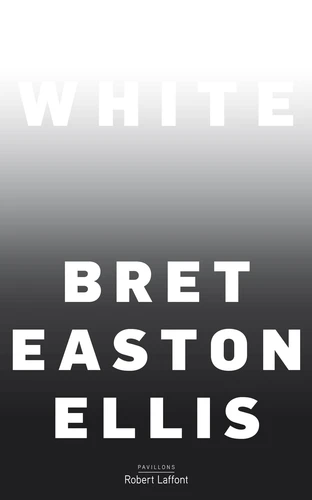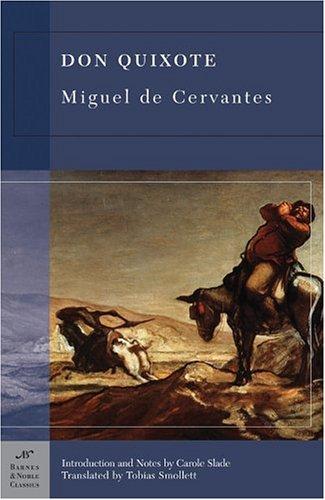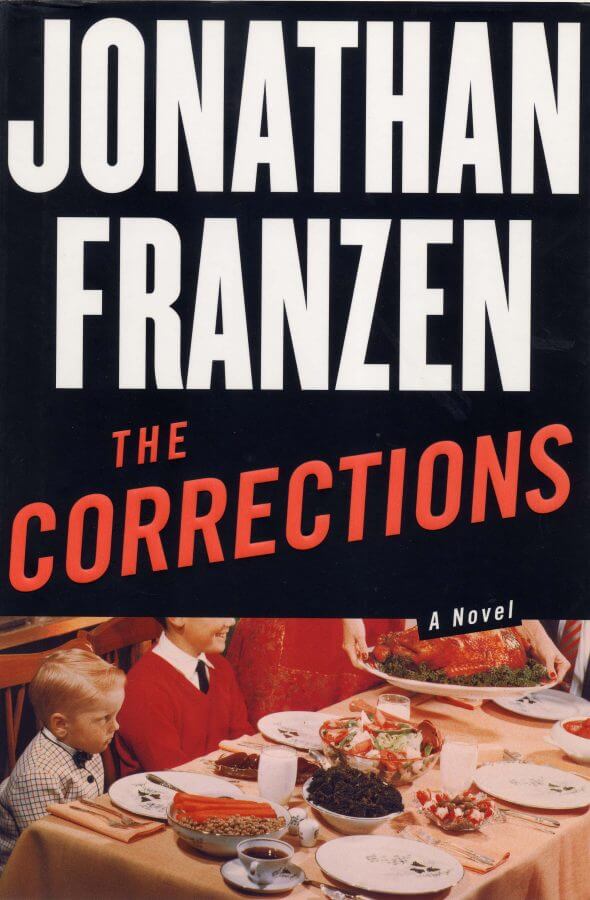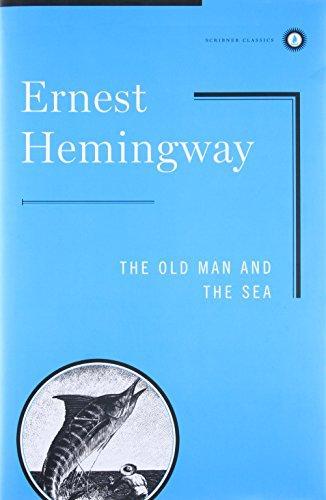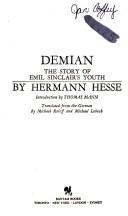Julia_98 reviewed Invisible Man by Ralph Ellison
Learning What It Means to Be Seen in a World That Refuses to Look
5 stars
When I read Invisible Man, I felt as though I were being pulled into a voice that spoke directly from beneath the surface of American life. From the opening scene, where the unnamed narrator declares his invisibility, I sensed that this was not a metaphor meant to stay abstract. It felt lived, painful, and sharply aware. The novel stands as a defining work of American Literature, and reading it made me confront how identity can be shaped as much by denial as by presence.
Following the narrator’s journey from the South to Harlem, I felt the steady erosion of certainty. Each institution that promises guidance, from the college to political organizations, ends up demanding obedience rather than understanding. I experienced growing frustration as I watched him adapt himself repeatedly to what others expected him to be. His intelligence and hope are never in question, yet they are constantly …
When I read Invisible Man, I felt as though I were being pulled into a voice that spoke directly from beneath the surface of American life. From the opening scene, where the unnamed narrator declares his invisibility, I sensed that this was not a metaphor meant to stay abstract. It felt lived, painful, and sharply aware. The novel stands as a defining work of American Literature, and reading it made me confront how identity can be shaped as much by denial as by presence.
Following the narrator’s journey from the South to Harlem, I felt the steady erosion of certainty. Each institution that promises guidance, from the college to political organizations, ends up demanding obedience rather than understanding. I experienced growing frustration as I watched him adapt himself repeatedly to what others expected him to be. His intelligence and hope are never in question, yet they are constantly redirected or exploited. That imbalance made the story feel exhausting in an intentional way.
What struck me most was Ellison’s use of voice. The narrator is reflective, ironic, and often painfully honest. I felt close to him even when his choices led to confusion or compromise. His encounters with figures like Dr. Bledsoe and the Brotherhood left me uneasy. Each represented a version of power that spoke the language of progress while denying individuality. Reading those sections, I felt anger rise, followed by recognition. The novel does not allow easy villains. It exposes systems that absorb people quietly.
The imagery stayed with me long after I finished reading. Light, darkness, masks, and underground spaces shaped the emotional landscape of the book. By the time the narrator retreats into isolation, I felt a strange calm alongside sadness. His withdrawal did not feel like defeat. It felt like preparation.
Closing the book, I felt sharpened rather than comforted. Invisible Man did not offer resolution. It offered awareness. It reminded me that being seen requires more than visibility. It requires a world willing to recognize complexity, even when that complexity refuses to be convenient.

